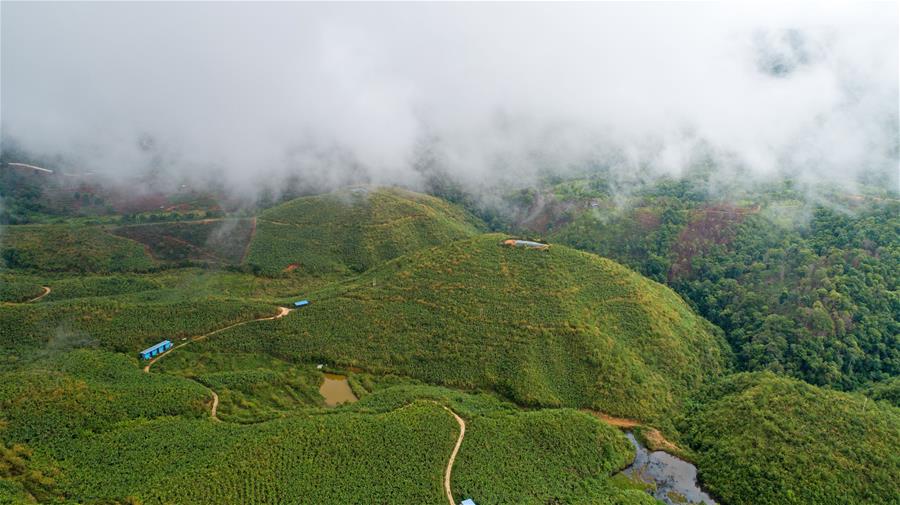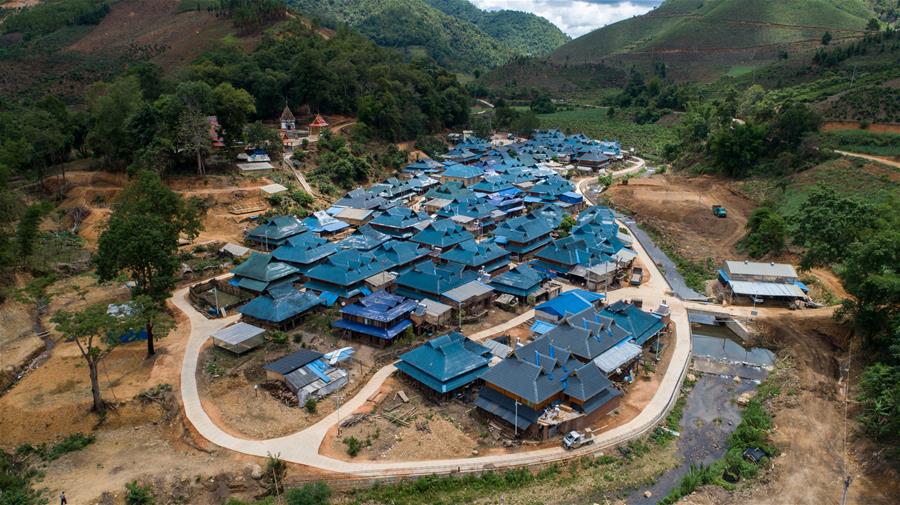Pu’er tea enriches ethnic villages
Beholding the newly-built house which costs over 700,000 yuan, Yan Wenjian, an elder man from the Bulang minority of Xishuangbanna, Yunnan province, recalls his indigent life of 20 years ago with much emotion.
When he comes to think about what makes all this change happen, the first word that appears in his mind is tea.
“We simply can’t live without tea,” Yan says.
“Tea is such an essential item to our everyday life. Our villages are surrounded by trees of tea, and tea is used as a beverage, a wedding gift and even an offering on religious rituals,” explains him.

Leaves of an old tea tree in a Bulang village, June 13.
Bulang (also written as Blang) is an ethnic minority group dwelling in southwestern China which has a population of around 120,000, according to the sixth national census published in 2011.
With the presence of various wild tea trees, the home of Bulang people, such as Xishuangbanna and Lincang of Yunnan, has been considered one of the cradles for tea cultivation across the world.
The Bulangshan of Xishuangbanna autonomous prefecture of the Dai minority is the only Bulang-dominated township nationwide.
140,000 out of 200,000 local residents are Bulang people. And Laoman’e, where Yan’s family resides, is the oldest Bulang village which has existed for almost 1400 years.

A bird’s-eye view photo of tea gardens covered by clouds.
Those tea trees that scattered around the village are divided into two categories: the old tree tea and the mixed one.
While the former is picked exclusively from trees of over 100 years old, the latter is intermingled by various leaves gathered from relatively young trees.
Now the village owns 300,000 mu (equals to 2000 hectares) of tea garden in total.
Historically speaking, tea played the role of an alternative currency among the Bulang population, with which crops, salt, ironware and other daily necessities were able to be “purchased.”
It was not just a beverage, but also an important source of revenue.

The layout of a Bulang settlement is showed through the lens of drone, June 12